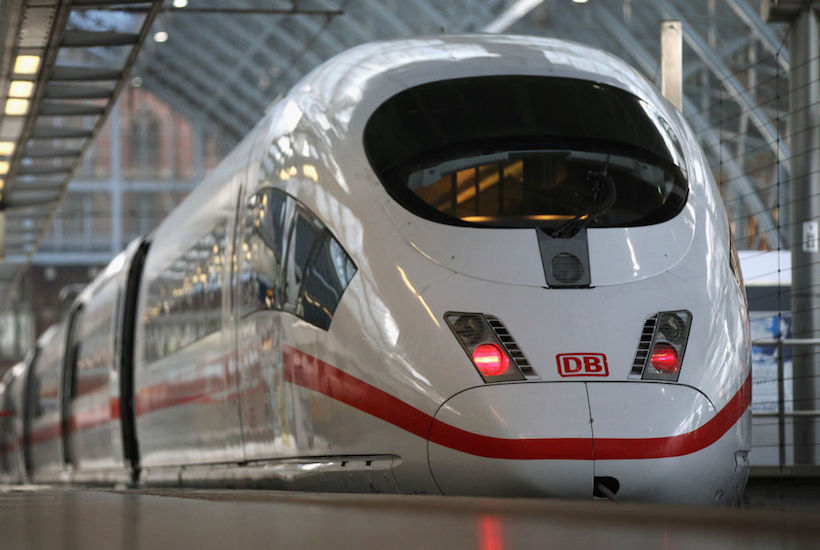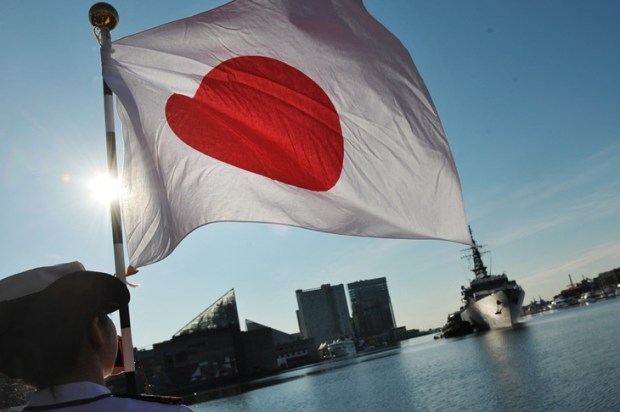Shortly before 8:00 pm last Thursday, the Sydney-Melbourne XPT train derailed near Wallan, 45 kilometres north of Melbourne. Eleven of the 153 passengers were injured; the driver and a pilot confirmed dead.
The North–East Line, which carries interstate trains between Albury and Melbourne, has been plagued with issues for the better part of the last decade since conversion to standard gauge tracks in 2010. Delays and reliability constraints due to speed restrictions from mud holes, poor track conditions as well as signal failures from wire theft are common occurrences.
The Deputy Leader of the Victorian Nationals and local MP Steph Ryan commented after the incident that: “The reality is that this line has been beset by problems now for the best part of a decade.” Despite the federal and Victorian governments agreeing to spend $235 million to upgrade the railway line which would address issues with track quality and signalling, work which was due to start early this year has yet to start.
No doubt if the upgrade was completed years ago, this tragedy would have been avoided. It’s a prime example of the sad state of affairs that rail transportation in Australia finds itself in after being neglected by state and federal governments alike over the past few decades, with an overemphasis on investment in road infrastructure the main culprit.
This begs the question: why do we Australians settle for outdated and obsolete long–distance rail infrastructure that was built and designed for trains in the late nineteenth century when the rest of the world such as Europe, China and Japan have had high-speed long distance rail services for over half a century in some cases now?
To date, only two deadly accidents have occurred on high-speed rail services in history, with networks such as the Japanese Shinkansen having no fatal accidents since beginning operation in 1964. Our reluctance as a nation to invest in nation–building rail infrastructure for decades now has proven to be an impediment in maintaining liveability and economic opportunity with an ever–increasing population, a trend that many other nations with landmasses smaller than Australia such as Germany or the United Kingdom do not experience.
This has caused top operational speeds at which services and rolling stock are able to operate in Australia to become limited, as the cost of retrofitting or rebuilding whole transport networks to address this barrier becoming exponentially expensive over time. We simply cannot run fast trains as our rail routes prohibit it. In many cases, the state of track reduces passenger and goods trains to a crawl.
Let’s face it, no one like to travel via air. Having to get to the airport a few hours before your departure time just to check-in luggage is a real chore in my experience, no doubt a sentiment that’s shared by many fellow Australians. It seems quite absurd that a 90 minute journey by air between Sydney and Melbourne would require passengers to arrive at an airport an hour or so before departure, blowing out the travel time to between two to three hours depending on delays. All this is compounded by the time taken to get to airports themselves.
Then there’s the price gouging of airfares that the airlines and airports both indulge in due to their monopolisation of the interstate travel market in this country, with no viable alternatives for the mass majority of people. If we look overseas for comparison, a one-way 875km journey between Paris Gare de l’Est and Munich Hauptbahnhof takes approximately four hours and four minutes, starting from €39. While a one-way journey by air between Sydney and Melbourne of 7i4km takes approximately the hours 30 minutes (if the time for check-in and travel between CBD and airport are taken into consideration), with costs starting from $105 (or €64).
With high speed rail forecasted by 2065 to attract over 40 per of intercity air travel along the east coast of Australia, consumers would be the biggest beneficiaries out of HSR as airlines would be forced to compete on price with faster, more convenient, better comfort and greener rail services.
This is supported by evidence from within the European Union, which indicates that air traffic is sensitive to competition from HSR on journeys of at least 400 km or higher. The construction of the LGV Sud-Est in 1981 reduced the travel time between Paris and Lyon from almost four to about two hours, market share of the TGV rail service rising from 40 to 72 per cent while air traffic shrunk from 31 to seven per cent. The same can be seen on the Madrid–Sevilla link built in 1992, with the AVE rail service increasing market share from 16 to 52 per cent while air traffic shrunk from 40 to 13 per cent. What do we have in Australia? Our oldest interstate – intercolonial – passenger service, the Melbourne-Adelaide Overland, now takes longer to travel between the two cities than 50 years ago.
While we can’t go back in time to stop the derailment from occurring, the least we could do as a nation is to prevent an accident like this from ever happening again by upgrading and investing in our rail infrastructure to the standards of the twenty-first century.
Got something to add? Join the discussion and comment below.
Got something to add? Join the discussion and comment below.
Get 10 issues for just $10
Subscribe to The Spectator Australia today for the next 10 magazine issues, plus full online access, for just $10.


























Comments
Don't miss out
Join the conversation with other Spectator Australia readers. Subscribe to leave a comment.
SUBSCRIBEAlready a subscriber? Log in